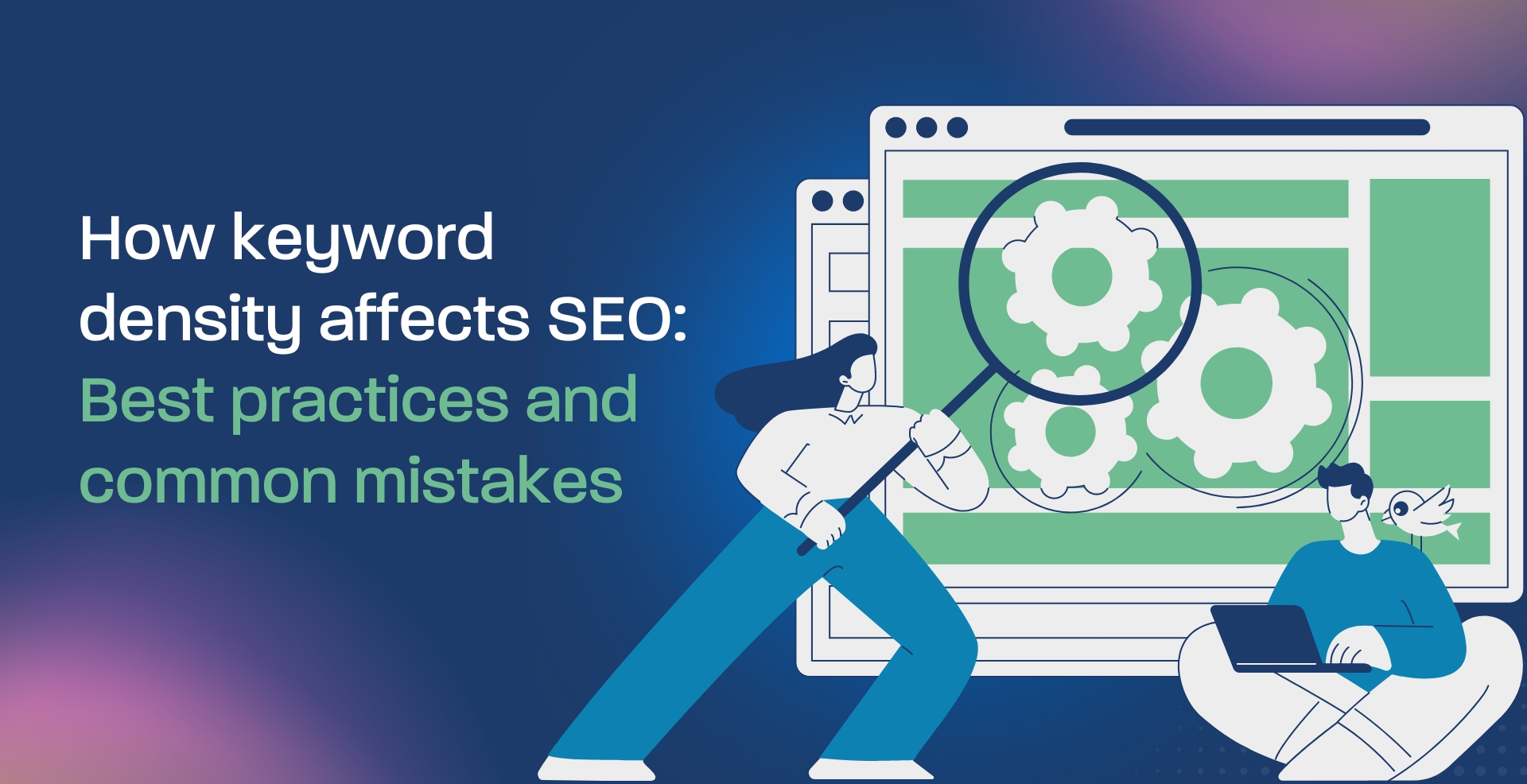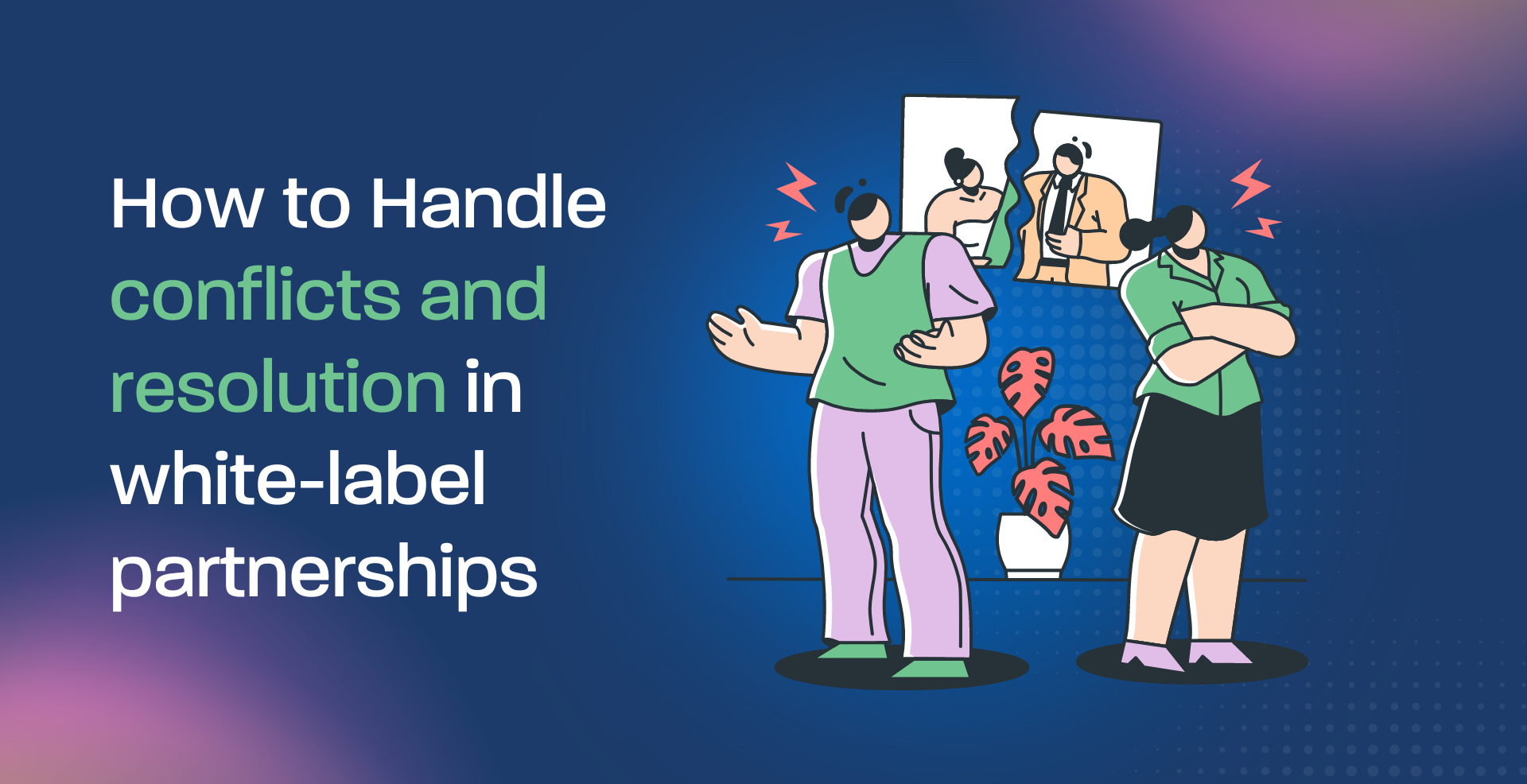A high-performing website isn’t just a digital presence but a cornerstone upon which your business’s success is built. As someone dedicated to navigating the digital age, a well-designed and optimized website serves as a critical tool for establishing brand credibility, fostering customer engagement, and driving revenue. With 81% of consumers preferring to research a business online before making a decision, understanding the pivotal elements that shape a website’s performance becomes imperative for business growth and effectiveness.
Key components of a high-performing business website
A business’s website acts as the initial point of contact for potential customers, essentially functioning as a virtual storefront that reflects the brand’s identity and offerings. When your website embodies the essential elements of high performance, it captivates visitors, driving improved conversion rates. Moreover, it establishes credibility, bolsters brand trust, and serves as a persuasive instrument in transforming casual visitors into devoted customers.

Website design and responsiveness
- Responsive design across devices – Responsive design is crucial in today’s multi-device world. Your website should flawlessly adapt to various screen sizes and devices, ensuring a consistent and optimal user experience. Accessibility across mobile phones, tablets, and desktops is essential for engaging users wherever they are.
- User-centric design principles to improve user experience – Simply put, user-centric design is comprehending users’ behaviors, needs, and preferences. When conceptualizing user experience (UX), focus on creating clear navigation, prominent calls-to-action, and visually captivating layouts. An intuitive interface that seamlessly guides users through the site fosters engagement and encourages exploration.
- Optimizing site speed and loading times – A lightning-fast website is non-negotiable as it improves user satisfaction and search engine rankings. Users expect instant access to information; a delay of mere seconds can lead to dissatisfaction and increased bounce rates. Optimizing site speed involves various strategies, such as efficient coding, minimizing HTTP requests, caching techniques, image optimization, and leveraging content delivery networks (CDNs).
- Easy-to-use navigation – User-friendly navigation helps with user experience. Implementing a clear and intuitive navigation menu helps visitors easily find what they’re looking for. For example, a tech support website may feature prominent menu categorizing services such as “Software Solutions,” “Hardware Support,” and “Troubleshooting Guides.”
- Functional and easily accessible elements – Accessible menus, search bars, and contact forms contribute to a seamless user experience. Ensuring these elements are easily visible and functional across all devices enhances user engagement. A business consultancy site might offer a comprehensive search bar to enable users to find specific articles or services quickly.
- Streamlined checkout process for e-commerce sites – For e-commerce websites, a streamlined and hassle-free checkout process significantly reduces cart abandonment rates, leading to higher conversions.
- Create a mobile-first design approach – Adopting a mobile-first approach ensures that the website is optimized for smaller screens, offering a seamless browsing experience across devices.
- Testing and optimizing for various mobile devices – Ensure you carry out thorough testing and optimization across different mobile devices and screen sizes to guarantee a consistent and user-friendly experience for all visitors.

Clear and engaging content type for a high-performing business website
- Clear and engaging content – Compelling content is the backbone of a successful website. It’s not just about what you say but how you say it. Provide informative and engaging content that resonates with your target audience to establish credibility, and keep visitors returning. For instance, a marketing and design agency might regularly publish blog posts showcasing marketing trends, design ideas, and tips/tactics to captivate and inform its audience.
- Use of high-quality visuals and multimedia elements – The kind of visuals that accompany your content speak volumes and can significantly enhance user experience. Introducing high-quality images, videos, infographics, and interactive elements can increase content engagement. For instance, an e-commerce site selling fashion items could showcase products through high-resolution images and videos to give customers a realistic view of the items they’re interested in purchasing.
- Crafting persuasive Calls-to-Action (CTAs) for user engagement – Strategic placement of compelling CTAs prompts visitors to take desired actions, such as signing up for newsletters, making a purchase, or contacting the business. For example, a subscription-based service might use CTAs with persuasive language like “Unlock Exclusive Content” to entice users to sign up for a membership.
Search engine optimization (SEO) integration
- Implementing On-page and Off-page SEO strategies – Effective SEO strategies encompass on-page (content optimization, internal linking) and off-page (backlink building, social media signals) tactics. For instance, guest blogging on industry-related websites can build quality backlinks, boosting a website’s authority and visibility.
- Utilizing keywords, meta tags, and structured data – Incorporating relevant keywords, meta tags, and structured data markup improves a website’s chances of ranking higher in search engine results. A real estate website, for example, might use structured data to display property prices, locations, and features directly in search results, providing more information to potential customers.
SEO is vital for increasing visibility and driving organic traffic to your website. Understanding relevant keywords and optimizing content around them helps improve search engine rankings. Great news, we’ve got a beginner’s guide to SEO for businesses that you should check out for more SEO strategies you can implement!
Tight security measures for a high-performing website
- Ensuring website security with SSL certificates and HTTPS protocol – Securing your website with SSL certificates and adopting the HTTPS protocol builds trust with visitors by encrypting data transmission. If your website accepts payments, you have to create a secure environment to protect customer information during transactions.
- Make regular updates and backups for protection against cyber threats – Regular updates to software, plugins, and systems, alongside frequent backups, safeguard against potential cyber threats and prevent data loss. For example, routine updates to check your software will help you patch loopholes and back up user data to prevent loss of data or any disruption in services.

Analytics and web performance tracking
- Incorporate analytics tools – Using analytics tools like Google Analytics helps to monitor website performance, providing insights into user behavior, traffic sources, and engagement metrics. These tools also tell you what you’re doing right, and what needs to be improved on.
- Analyzing user behavior and conversion rates – Analyzing user behavior and conversion rates. This allows your business to make informed decisions and tailor strategies to enhance website effectiveness.
- Making data-driven decisions – Leveraging data to drive decisions enables continual improvement. This ensures the website meets evolving user expectations and business goals.
Social media integration
- Leverage social media platforms for increased engagement – Integrating your social media platforms amplifies engagement, expands reach, and fosters a community around the brand. You can also incorporate social sharing buttons and widgets as these encourage users to share content, facilitating increased visibility and exposure across social networks.
- Build brand presence through social media integration – Active social media integration aids in building brand identity, establishing credibility, and fostering relationships with the audience.
A high-performing website encompasses a synergy of various crucial elements. It’s an ongoing process that requires constant optimization and adaptation to stay relevant and effective in these continuously changing digital times. Businesses must recognize their website as a pivotal asset and continuously invest in its improvement to achieve sustained success in the online realm.
Do you need help to create a high-performing website for your business, say hello and a geek will be in touch.





